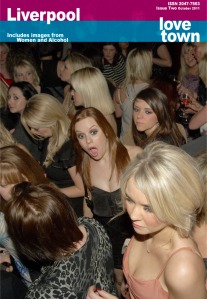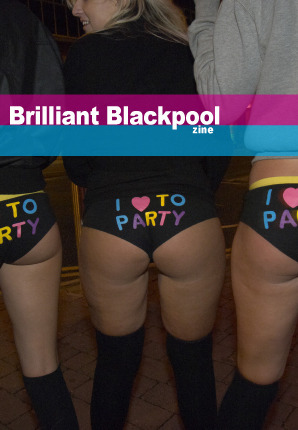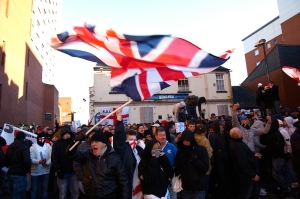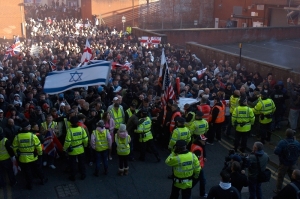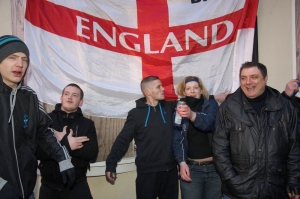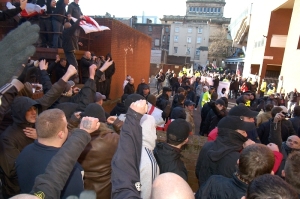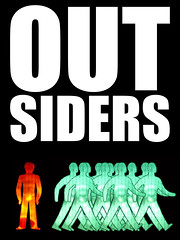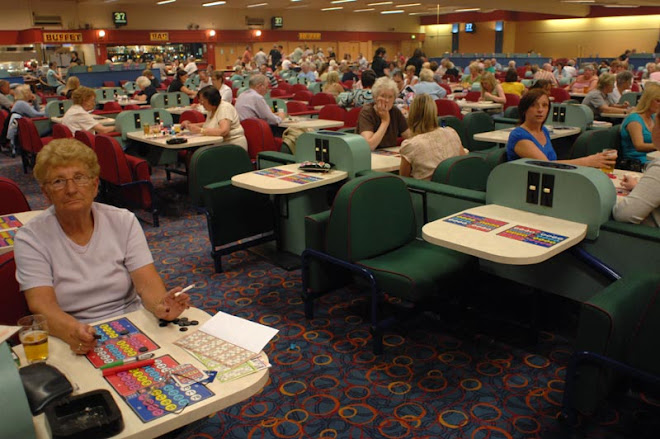Zines – hand-printed or limited run magazines – are an affordable and colelctable way to produce photo books or present themed work and projects.
If you ever get the chance to go to a book fair, and there are quite a few of them around the country including the 6th Manchester Artists' Book Fair organised by Hot Bed Press on October 21, 2011you will see an amazing assortment of zines made by artists from many disciplines. The fair is part of a Symposium being held on the same day and includes talks by Preston is My Paris's Adam Murray, the British Journal of Photography's Diane Smyth and Yorkshire photography Ian Beesley (probably the best lecture-giver I have witnessed and believe me I've seen a few).
Of course, Long Lens is interested only in photography which is why, through Love Town, it has recently launched the Love Town zine.
The second issue, featured below, focuses on Liverpool nightlife. This full-colour 12-page A4 publication, printed entirely independently on my eBay-acquired hugely-heavy Epson printer, is designed to be as collectable as it is eye-catching.
The documentary images have been collected by one photographer – me – over many lonely nights. Hours have been spent on the deign of the zine, not to mention the selection of the images. And all you have to do is look at it.
As with all Love Town strands, the aim is introduce new people to photography by producing photography that is accessible to those who enjoy their images without huge dollops of theory.
If you've ever stopped to look at a photograph in a newspaper or a magazine and went, 'Whoooah, that's great', then a copy of Love Town could be for you. It could open up a brave new world of images, books and prints.
| Postage options |
| UK £2.00 Europe £3.00 Rest of World £4.50 |
| Postage options |
| UK £2.00 Europe £3.00 Rerst of World £4.50 |
Each of the first two Love Town zines is limited to an edition of 100 copies.
